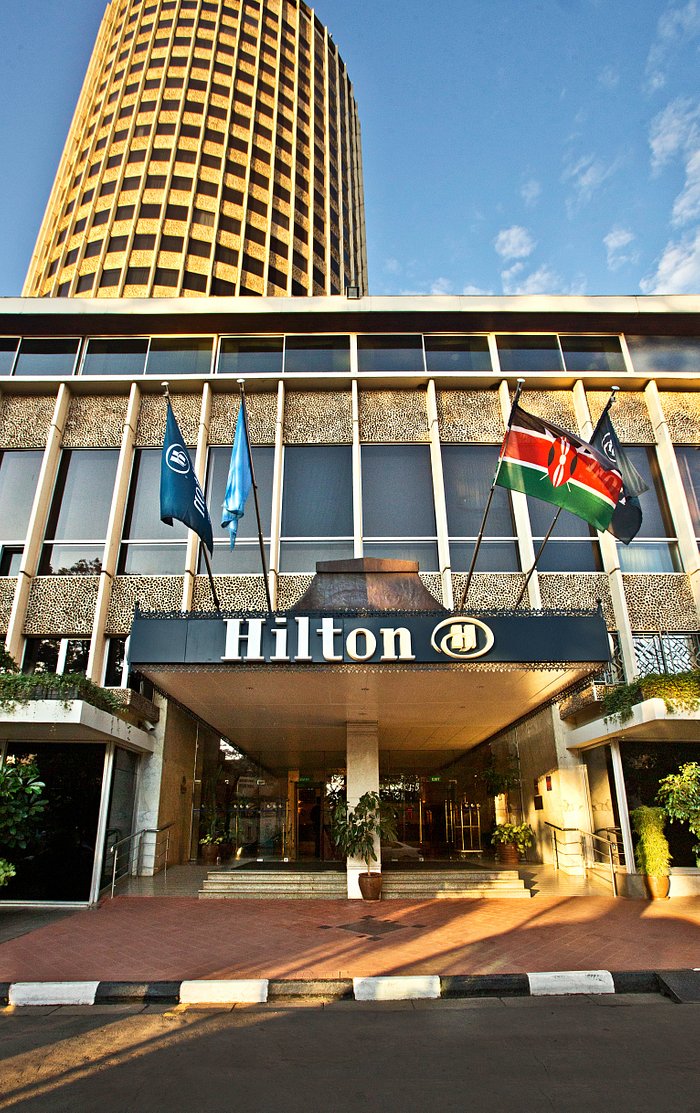Business
Why Successful Restaurants Shut Down

Noma, the highly acclaimed restaurant located in Copenhagen, Denmark, which has been named the best restaurant in the world five times, will be shutting its doors.
Noma will shut its doors in 2024 after two decades of building a solid reputation for offering authentic food in order to become “a huge food lab.”
The closure of Noma, the three-Michelin-starred restaurant based in Copenhagen, Denmark, caused a stir in the culinary industry.
The restaurant, known for its expensive prices and unique 20-course dining experience rooted in exploring the natural world, requires customers to pay a steep sum of $700 (Sh86100) for a meal, not including VAT and tips. Additionally, securing a reservation at the highly sought-after establishment is a difficult task, with many people waiting for weeks or even months.
The decision to close Noma, which was founded in 2003 by René Redzepi, was not a sudden one. The restaurant announced losses in 2020 and the closure has been anticipated since then.
Redzepi stated that the restaurant’s business model was not sustainable, both financially and emotionally, as it was not working for him as an employer and as a human being.
Locally, several restaurants, hotels, and food businesses have recently gone out of business, including Hotel Intercontinental, Simmers, Honey & Dough, Burger Dome, Hilton, and Kune. The Hilton Hotel, which had been in operation in the country for 70 years, closed on New Year’s Eve.
Locally, several restaurants, hotels, and food businesses have recently gone out of business, including Hotel Intercontinental, Simmers, Honey & Dough, Burger Dome, Hilton, and Kune. The Hilton Hotel, which had been in operation in the country for 70 years, closed on New Year’s Eve.
It is not only large, well-established restaurants and hotels that are closing, but also smaller eateries. It has become common to find a closed restaurant with a padlock or a new tenant. Some hotels have also stopped offering exotic cuisine.
Why do some food businesses that appear successful still end up closing?
Experts say that running a restaurant is similar to conducting an orchestra, and failure is a gradual process. First, small issues arise, such as the drums not working, followed by more and more problems, until the music stops altogether.
False success
A full house at a restaurant does not necessarily indicate financial success, as it can be deceiving. Profit margins in the food industry are often slim, making it important to be precise in financial calculations. Some restaurant owners may end up using their own money to keep the business running.
To combat slim profit margins, some restaurant chains such as Java Kenya have opened multiple branches across the country to increase volume. By implementing standard operating procedures and a standard menu, they are able to ensure quality while also controlling costs.
Influencer marketing has become increasingly popular and pressure to participate has increased for businesses looking to increase their visibility. However, this type of marketing can be costly as influencers are often paid with money or experiences, which can have an impact on the business’s financial bottom line.
If the cost of marketing is not considered, it can result in spending a significant amount of money that is not accounted for. Additionally, for high-end restaurants, obtaining a quality, fresh supplies at reasonable prices can be a challenge.
These restaurants typically have specific, accredited suppliers for vegetables, herbs, spices, dairy products, and meats. Any disruption in the supply of these products can result in changes to the menu and pricing.
Strategic employees
Having a strategic staffing plan is essential in the food industry. Having professionals run the business guarantees quality and efficiency. However, training staff can be costly. By offering better compensation, a manager or supervisor may also train staff, which creates a succession plan and minimizes disruptions when a chef or supervisor leaves.
Some chefs from Noma left to open their own restaurants and create new dining experiences. These mistakes are avoidable with effort and time, but many restaurants operate on a tight schedule.
Theft is one of the main reasons that restaurants fail. Some theft schemes are so bold that workers give patrons different payment options as the business is failing. It doesn’t make sense to pay a waiter Sh15,000 if they are handling Sh100,000, as they are more likely to steal. Larger restaurants that serve many diners typically lease warehouse space to prepare some of the food, particularly pastries.
The preparation of food in off-site locations comes with additional expenses such as additional staff, rent, and transportation, which many smaller restaurants cannot afford.
Stiff competition
To avoid financial losses and closure, experts say that pricing menu items are crucial. Each item on the menu should factor in taxes, payroll, rent, and the profit margin.
This is why a beer at a regular club is not sold at the same price as a five-star hotel.
In some cases, restaurant owners may be responsible for their own failures. They may be unable to control external factors such as competition. Nairobi has many options for dining out, but this does not stop new restaurants from opening.







